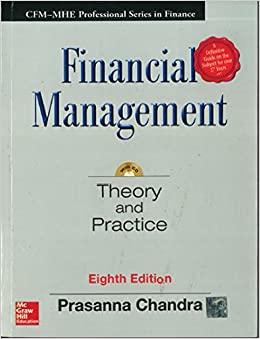...
sics

3. Suppose the log price process P(t) follows the below continuous-time stochastic differ- ence equation: dP(t) = (t)dt + o(t)dW(t) (1) where (t) and o(t) are, respectively, drift and diffusion (volatility) processes, and W(t) is a standard Brownian motion. We normalize the time interval with length 1 for 1 day. [18pt] 1 (i) Explain how you would model the one-minute log returns of a stock traded in a daily six-and-half-hour market using this continuous-time model. (ii) How are the intra-day one-minute returns distributed on day t. Here t = 1,2,.... (iii) Why the drift term is often assumed away in the intra-day high-frequency return analysis? Explain the relative magnitudes of drift and volatilty components in the intra-day return analysis, especially when the sampling interval shrinks to zero. (iv) Explain how to use the heterogeneous autoregression (HAR) model for volatility forecasting. (v) Both HAR model and GARCH type models can provide volatility forecasts. What are the key differences between these two methodologies? (vi) Interpret the two tables on Page 431 and 432 of the textbook. 3. Suppose the log price process P(t) follows the below continuous-time stochastic differ- ence equation: dP(t) = (t)dt + o(t)dW(t) (1) where (t) and o(t) are, respectively, drift and diffusion (volatility) processes, and W(t) is a standard Brownian motion. We normalize the time interval with length 1 for 1 day. [18pt] 1 (i) Explain how you would model the one-minute log returns of a stock traded in a daily six-and-half-hour market using this continuous-time model. (ii) How are the intra-day one-minute returns distributed on day t. Here t = 1,2,.... (iii) Why the drift term is often assumed away in the intra-day high-frequency return analysis? Explain the relative magnitudes of drift and volatilty components in the intra-day return analysis, especially when the sampling interval shrinks to zero. (iv) Explain how to use the heterogeneous autoregression (HAR) model for volatility forecasting. (v) Both HAR model and GARCH type models can provide volatility forecasts. What are the key differences between these two methodologies? (vi) Interpret the two tables on Page 431 and 432 of the textbook







